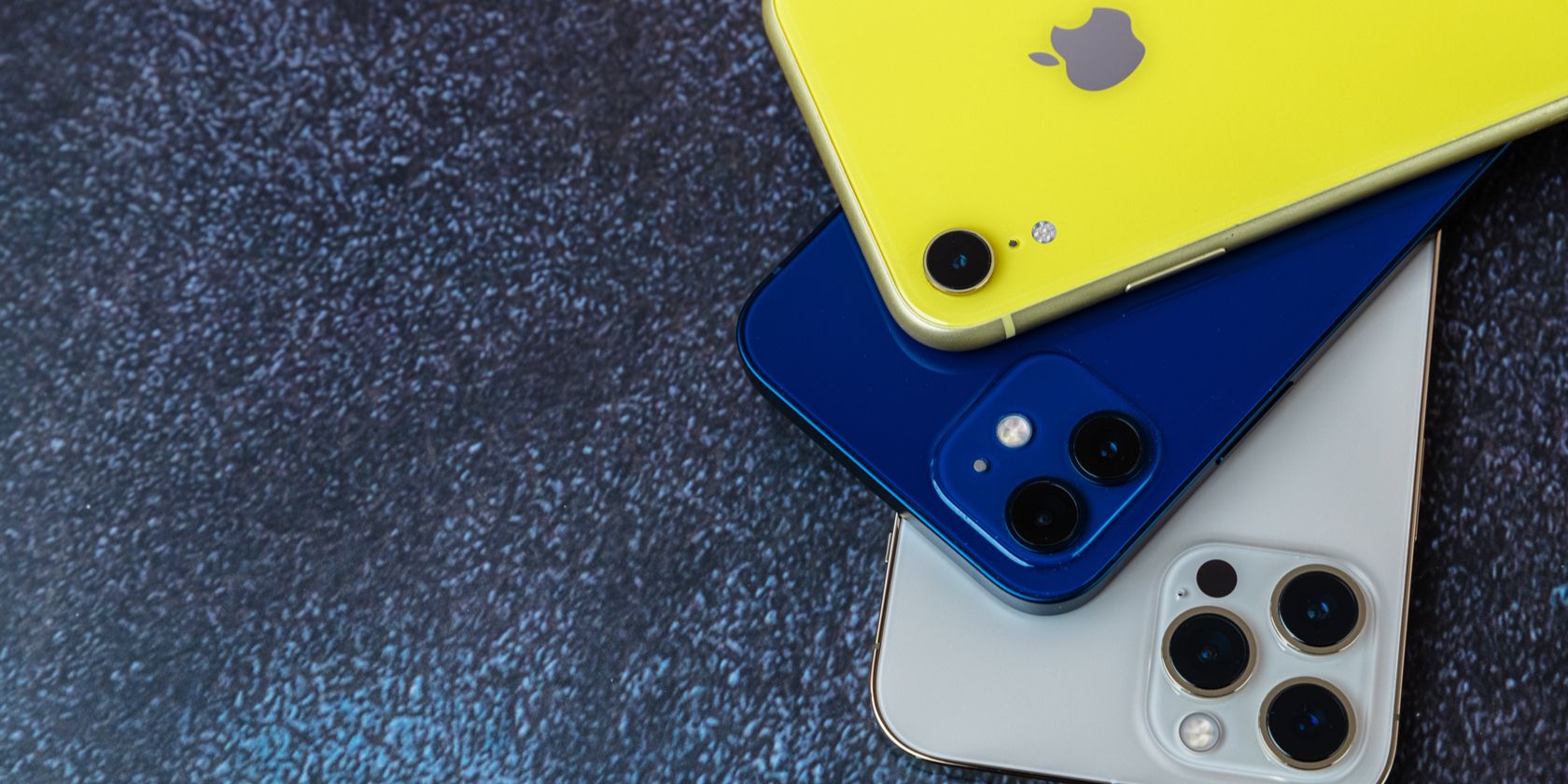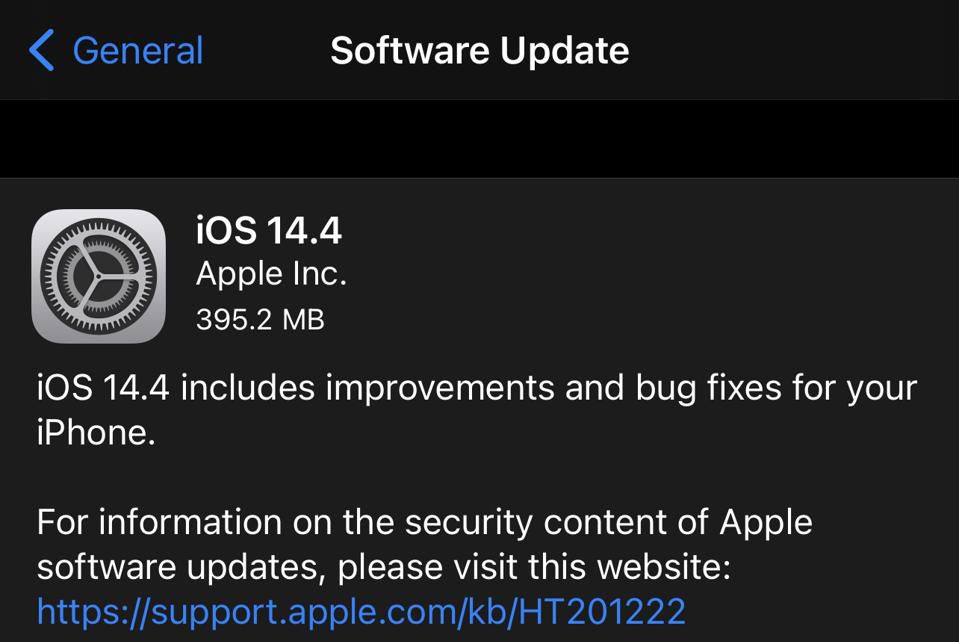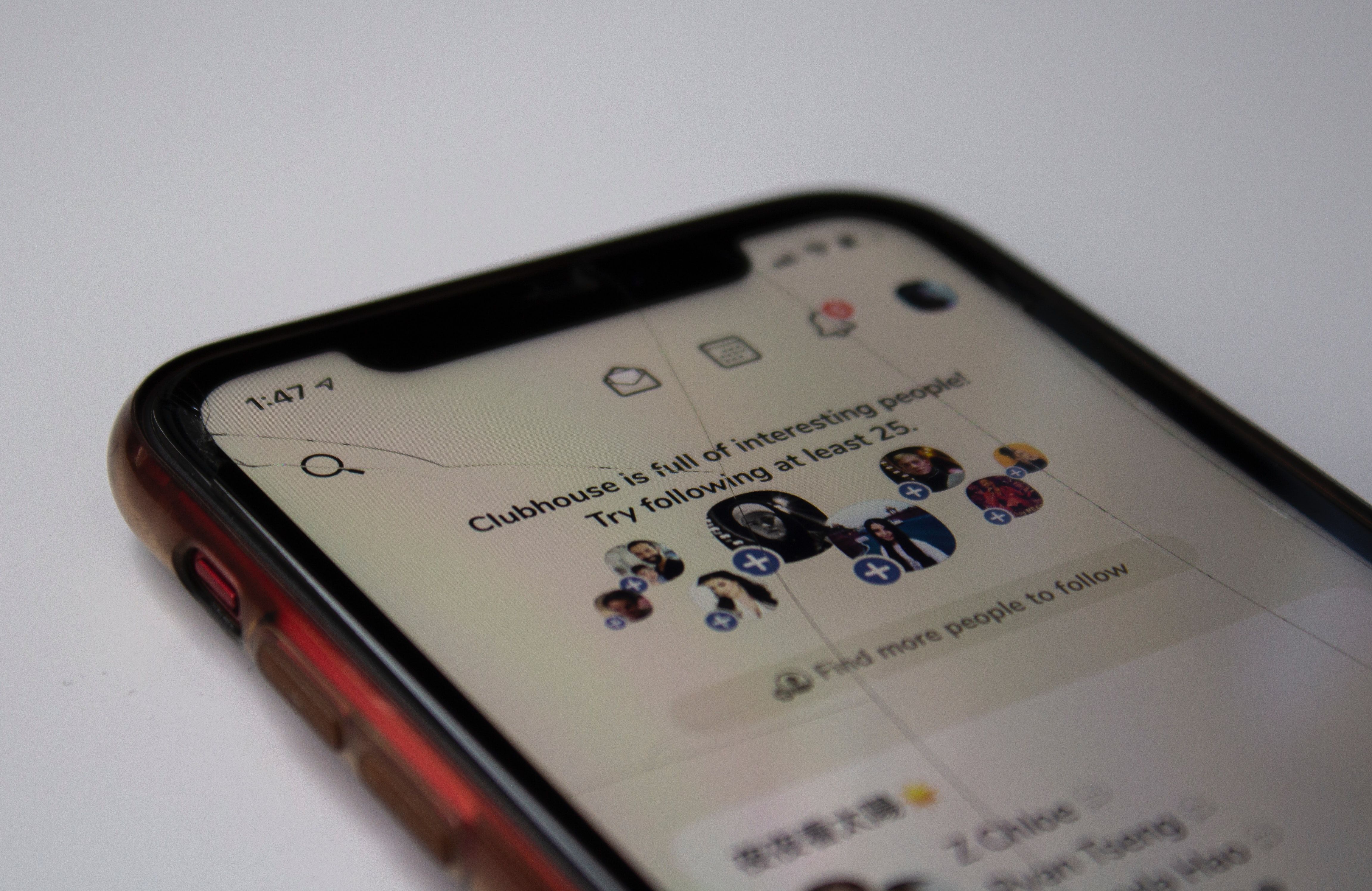When you buy an iPhone, you expect it to work for a decent amount of time, given the high cost. But around how long can you expect an iPhone to last? It depends on a few factors.
Let's take a look at the average lifespan of an iPhone so you can plan your purchases carefully.
The Most Important iPhone Lifespan Factor: Software Updates
Technically, as long as your iPhone turns on and functions, it's within its lifespan. But practically, there are a few ways to determine if your iPhone is still within its useful life; chief among them is how long it receives iOS and security updates from Apple.
Every eligible iPhone gets software updates shortly after they become available, whether it's a major revision, like iOS 15, or a minor release to fix bugs, like iOS 15.0.1. Installing these not only brings new features to your iPhone, but also patches security issues to keep your device secure.
Over time, Apple drops support for older iPhone models. Spending time to make sure a new release works on an aging device that few people use isn't worth it for any company. Plus, the weaker hardware of older iPhone models can't keep up with the requirements of newer iOS versions.
Apple uses the "vintage" and "obsolete" labels for its older devices. An Apple device is considered obsolete when the company stopped distributing it for sale over seven years ago—note that this is not the same as its initial release date.
At this point, Apple does not offer hardware support or the device, and service providers can't order parts for them. As of this writing, the iPhone 4S and older are considered obsolete.
Once your iPhone is no longer receiving security updates, it's time to upgrade. While your device isn't likely to fall victim to an attack immediately after it loses support, it's not good practice to use an unsupported device for a long time. If any major security flaws appear, Apple won't fix them for your phone.
The Average iPhone Lifespan Through iOS Updates
We can take a look at historical trends to estimate how long iPhones last in general. iOS 15, released in September 2021, is compatible with the following iPhone models:
- iPhone 13 series
- iPhone 12 series
- iPhone 11 series
- iPhone XS, XS Max, and XR
- iPhone X
- iPhone 8 and 8 Plus
- iPhone 7 and 7 Plus
- iPhone 6S and 6S Plus
- iPhone SE, 1st and 2nd generation
The oldest devices on this list are the iPhone 6S and 6S Plus, released in September 2015. These phones, which came with iOS 9, hold the record for supporting the most versions of iOS on one device; they've worked with seven different iOS releases.
iOS 14 worked on all iPhones that supported iOS 13, while 2019's iOS 13 dropped support for the iPhone 5S (2013) and iPhone 6 line (2014). Thus, based on recent trends, it's fair to say that an iPhone should get iOS updates for between five and seven years.
Apple Now Supports Older iOS Versions, Too
With the release of iOS 15, Apple changed its support policy for older versions. In the past, once the latest version of iOS came out, you had to upgrade to continue getting security patches. This is because Apple generally stopped supporting past iOS versions when a new one became available.
But Apple has changed this as of 2021. If you're on iOS 14, when you visit the option to update your iPhone, you'll see a prompt to download the latest iOS 14 version, in addition to the prompt to upgrade to iOS 15.
As it turns out, this isn't totally new. Apple quietly released security updates for iOS 12 throughout 2020 and 2021, supporting devices that can't run the latest version.
The company hasn't stated how long this support will last, but it's nice to have the option to stay on your current iOS version for a while. In the future, iPhones that don't support the latest iOS update could still count on months or even another year of support.
Depending on the apps you use, you also may have to worry about apps dropping support for older iOS versions. For example, at the time of writing, Chrome for iPhone requires at least iOS 14, but Spotify works on iOS 12 and later.
Other Factors That Affect an iPhone's Lifespan
Whether your iPhone runs a supported version of iOS is the most important factor for its lifetime. But it's not the only practical measure of an iPhone's lifespan; other points can come into play.
Thinking about the signs it's time to upgrade your iPhone can help you estimate how long your next iPhone will last.
Battery Health
Batteries are consumable components, so they are usually the first part of a device to run into problems. After years of charging cycles, a battery won't hold as much of a charge as it used to, even when it shows 100%. You shouldn't start to see much degradation in performance until at least two years in, depending on how you charge your device.
You can check your iPhone battery's health to see how it's performing. If the maximum capacity is below 80%, you might consider paying Apple for a new battery. This isn't cheap, but it's a lot less expensive than paying for a brand-new device. And if the battery is your only issue, a brand-new battery could give years of additional life to your device.
Limited Storage Space
Even if your iPhone is on a current version of iOS, you might run out of storage if you keep a lot of photos, videos, and apps on your device. Especially if you opted for a model with less space to save money on your iPhone purchase, it's easy to reach a point where you have to constantly juggle what's on your device to avoid "Low Storage" warnings. This can drive you to upgrade when you might not need to otherwise.
Thankfully, Apple occasionally increases the base storage for the iPhone. 2021's iPhone 13 line, for example, starts at 128GB—eliminating the 64GB base option.
Your usage will determine how much iPhone storage affects the device's lifespan. If you don't download music offline, don't use many large apps, and don't record high-quality video, you can probably get away with lower amounts of storage for years. Otherwise, it's wise to spend a bit more money upfront for more storage, so you can keep your phone for longer.
Physical Damage
The last major factor in an iPhone's lifespan is how you take care of its hardware. It's all too easy to drop your device and crack its screen, destroy the speaker by spraying it with water harshly, or similar.
Physical iPhone damage can range from a minor inconvenience to preventing you from using your device. You might not mind a minor chip in the screen and continue using the device for years after such an incident. But serious damage could cause you to need a new phone sooner than you thought.
iPhone repairs are expensive, so if you think you'll damage your device, consider adding AppleCare+. This plan lets you bring in your device to Apple twice every 12 months for a repair or replacement, while only charging you a deductible instead of the full repair payment.
Otherwise, be careful where you place your iPhone, and put it in a protective case to reduce potential damage. Being proactive will keep your phone running in top shape for as long as possible.
This Is How Long an iPhone Should Last
Now you have a good idea of how long your iPhone should last. You can expect somewhere between five and seven years of major iOS updates, plus potential security patches beyond that. Your battery will decrease in performance over time, but as long as you have enough storage and keep your device from physical damage, it should last you a good amount of time.
And since Apple devices hold their value, you can likely trade in or sell your device to make some of the money back at the end of its life.



